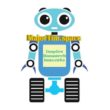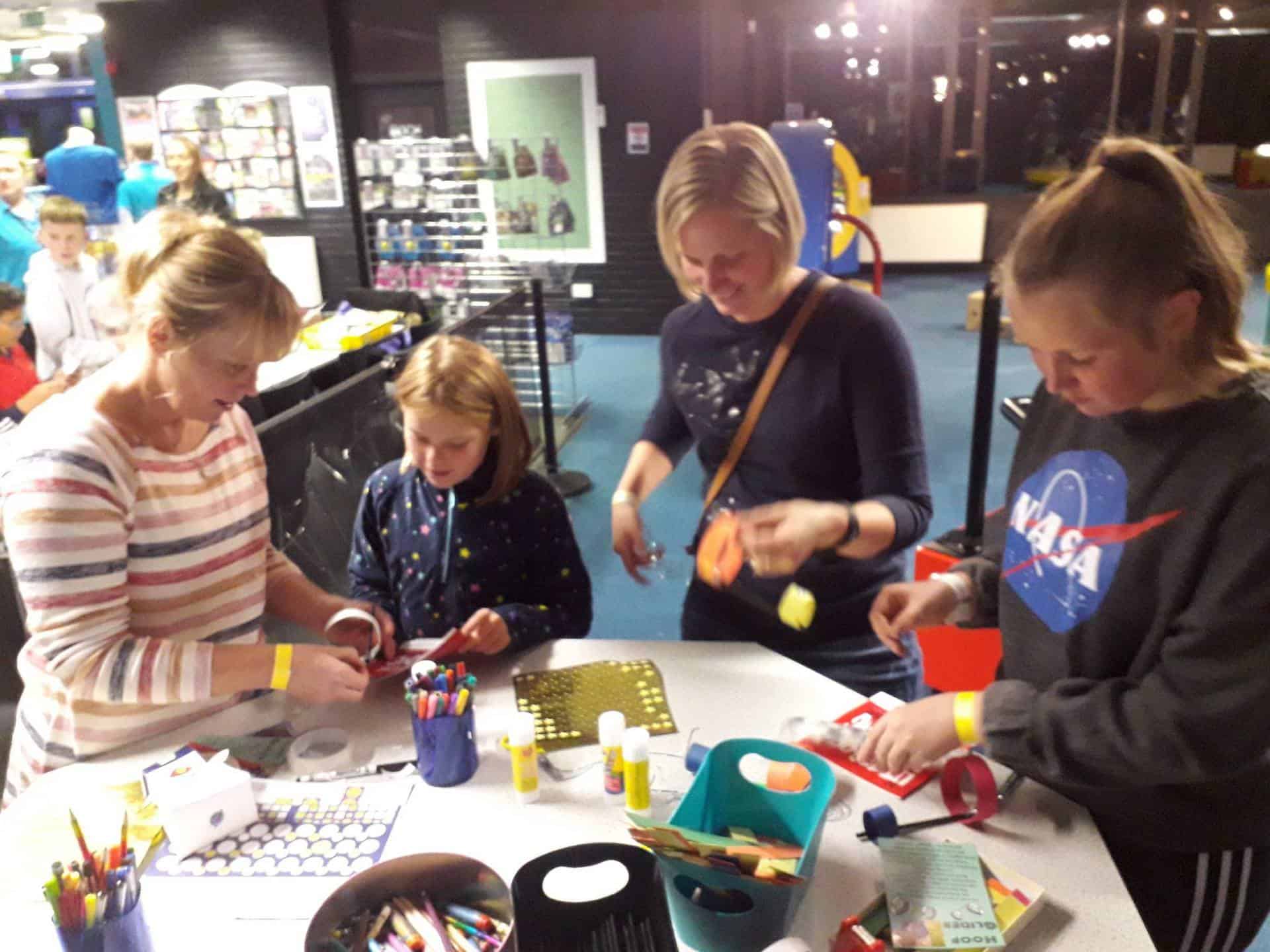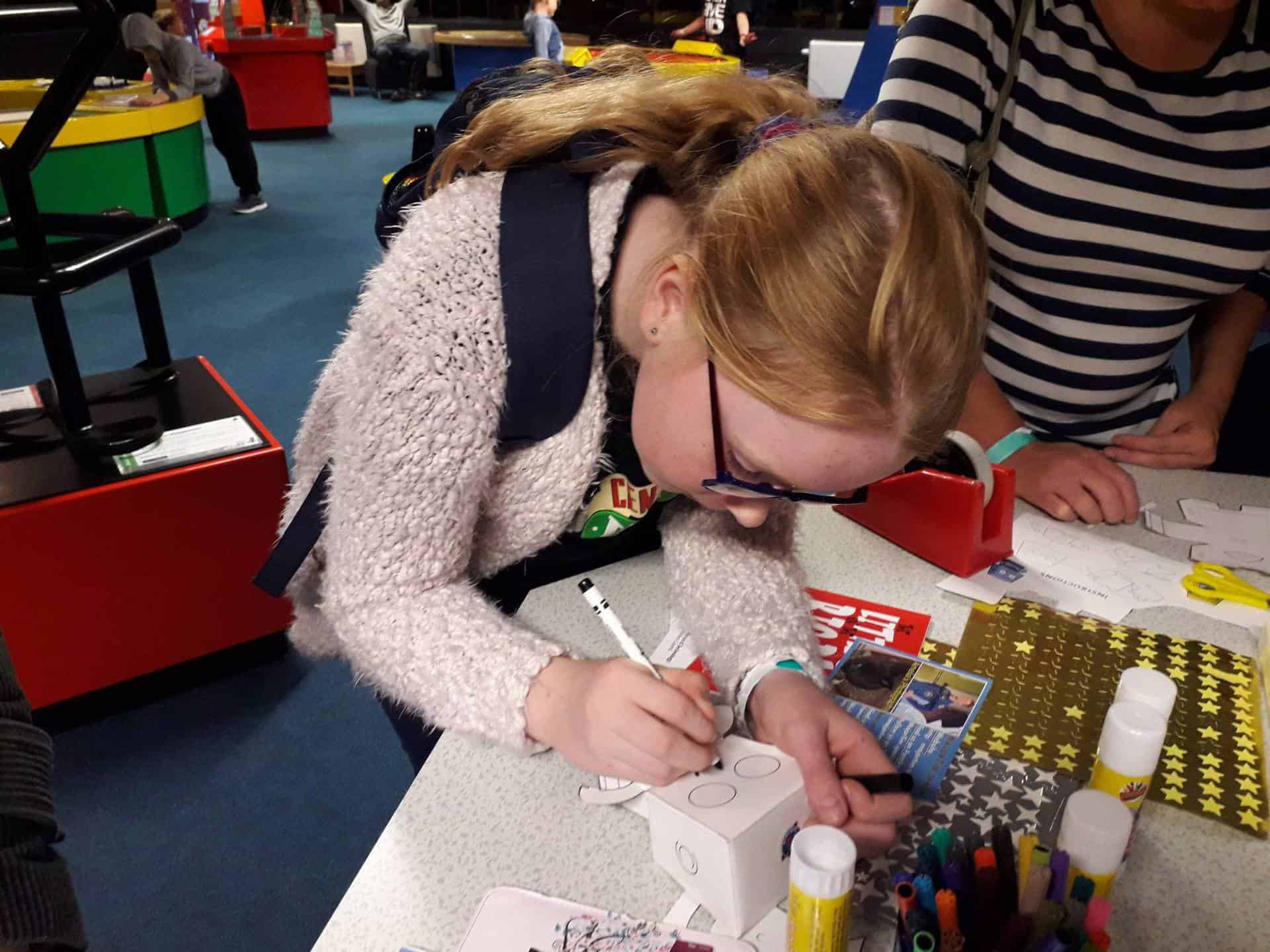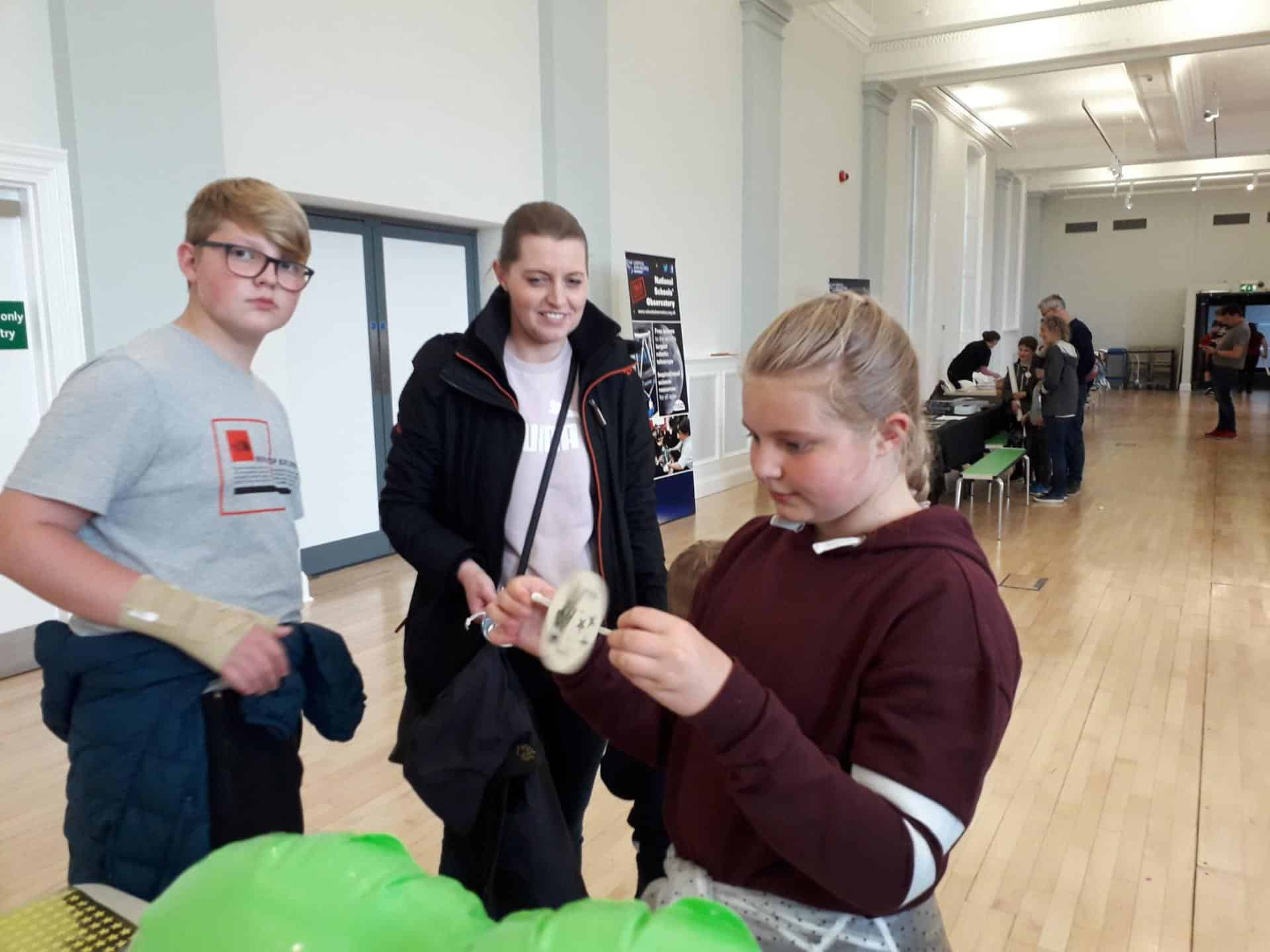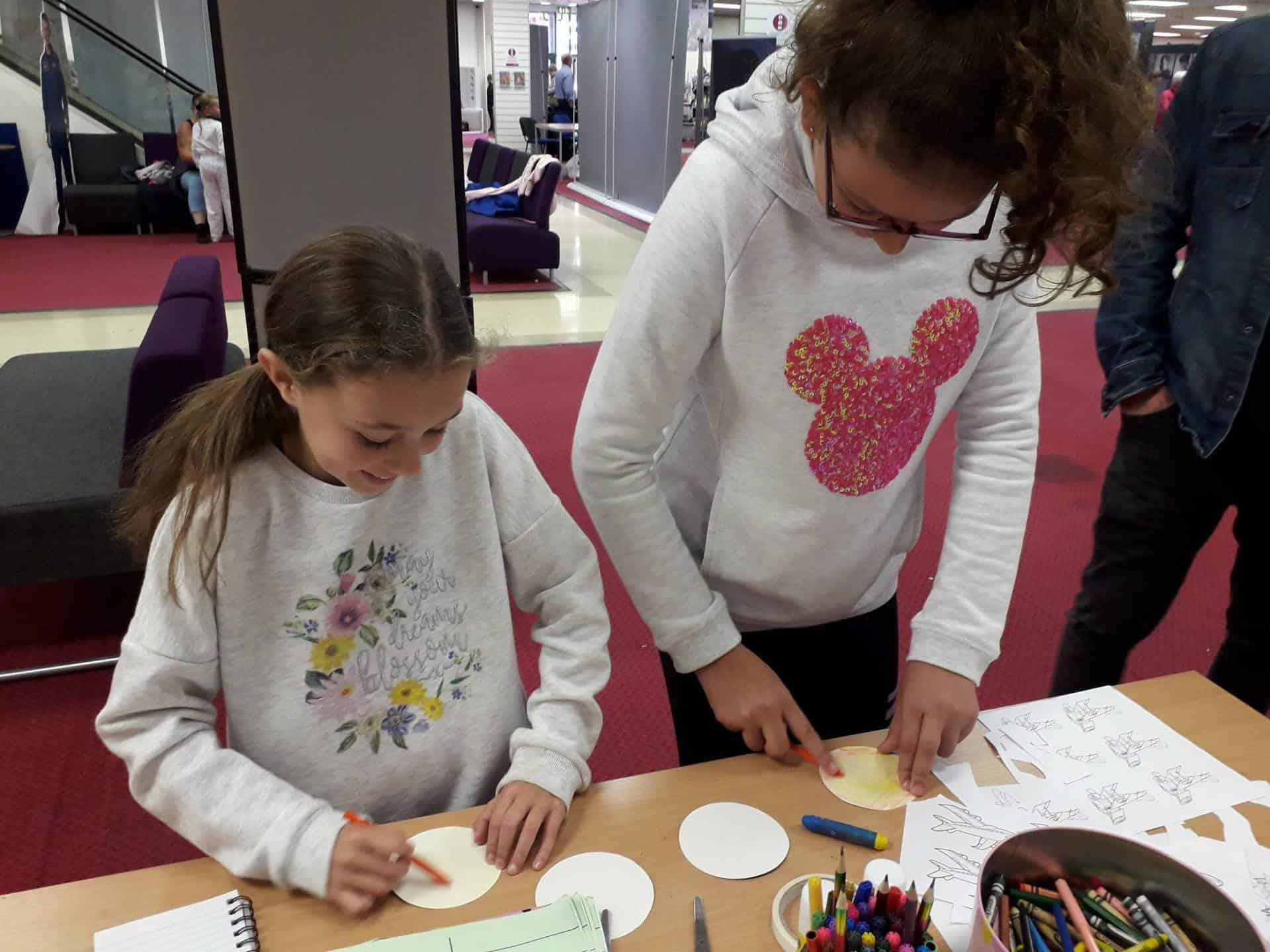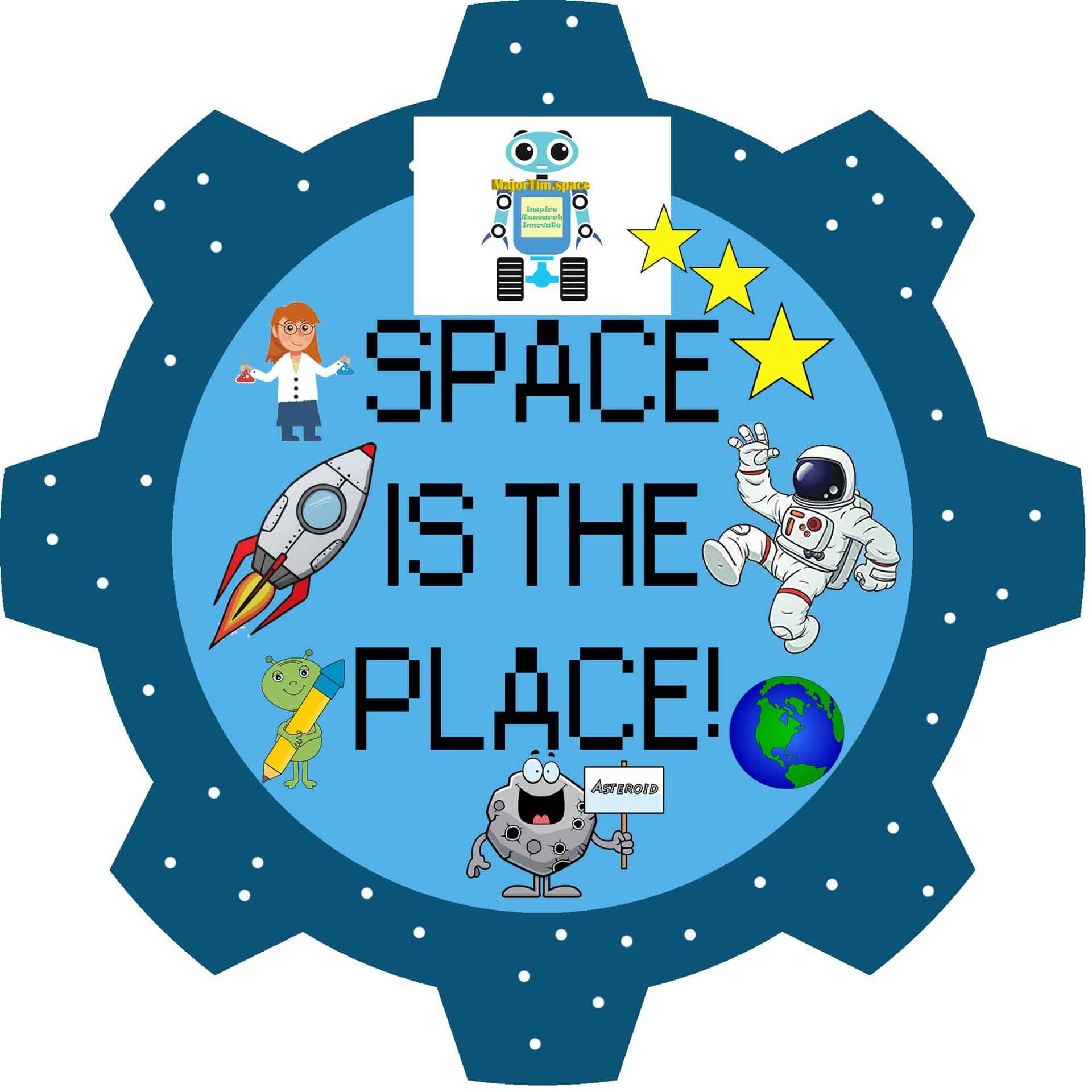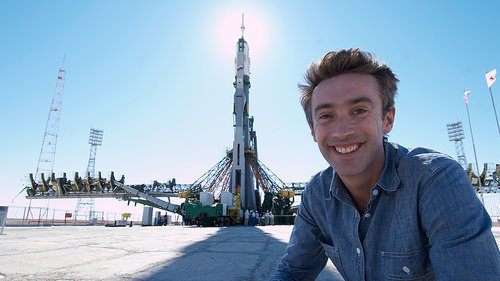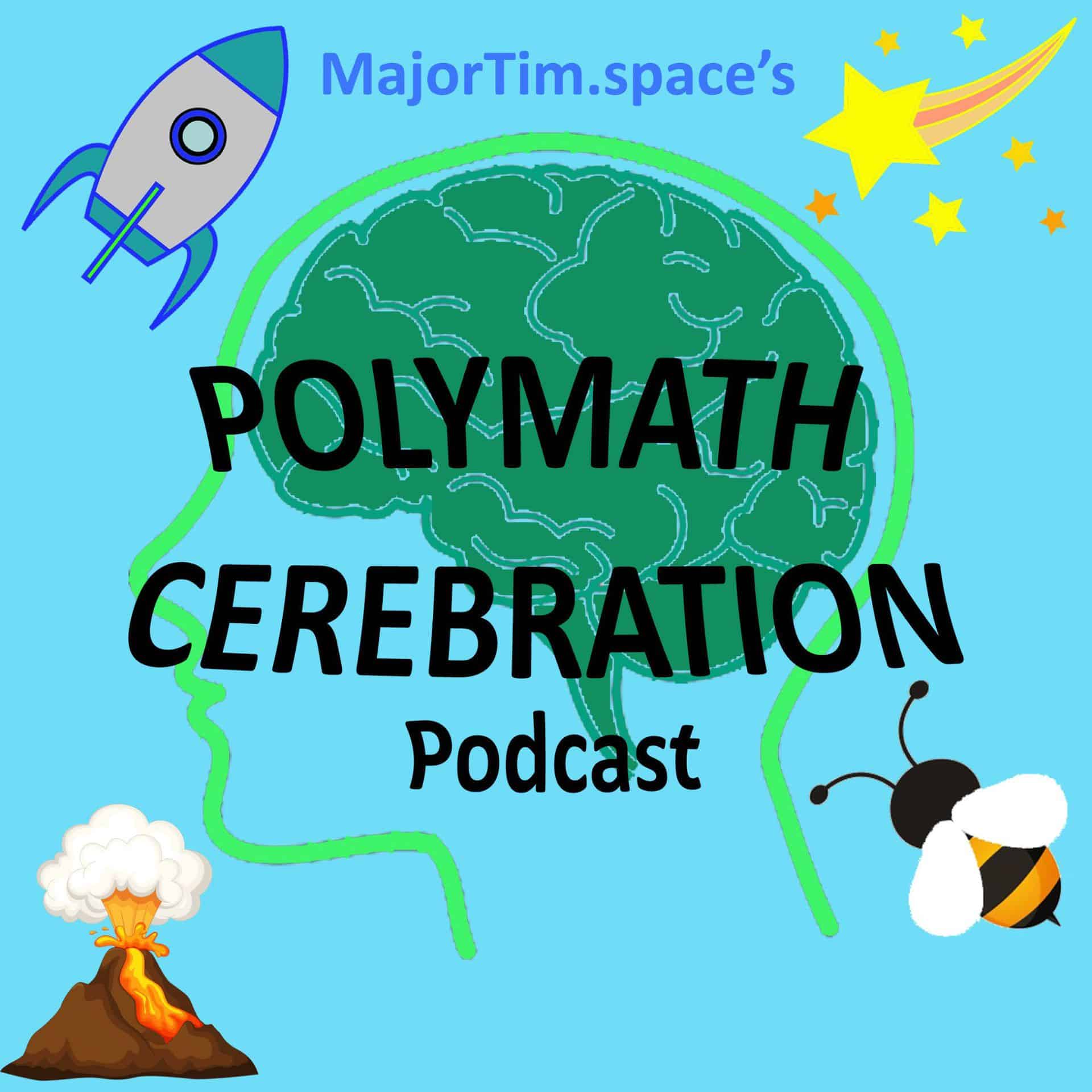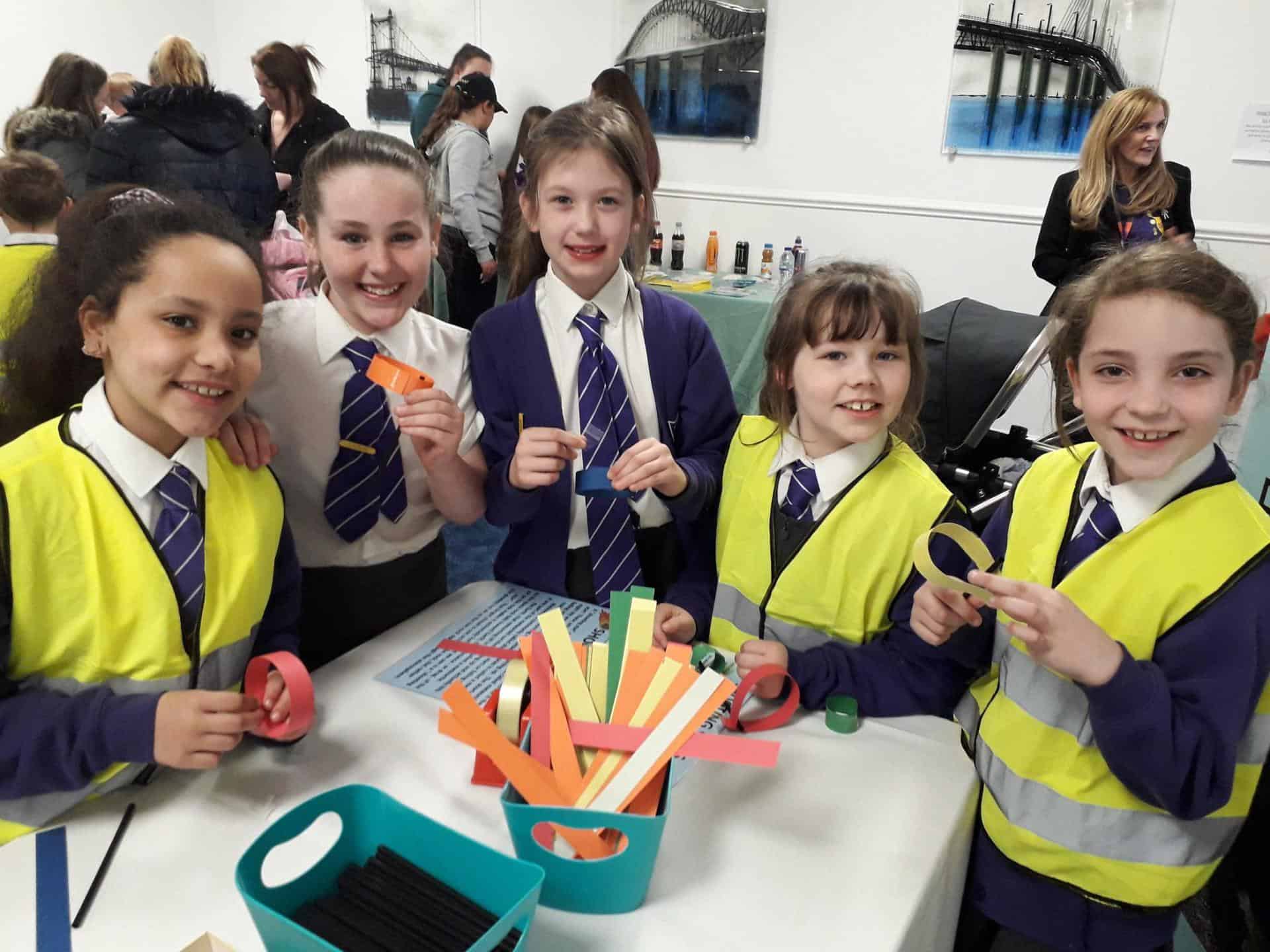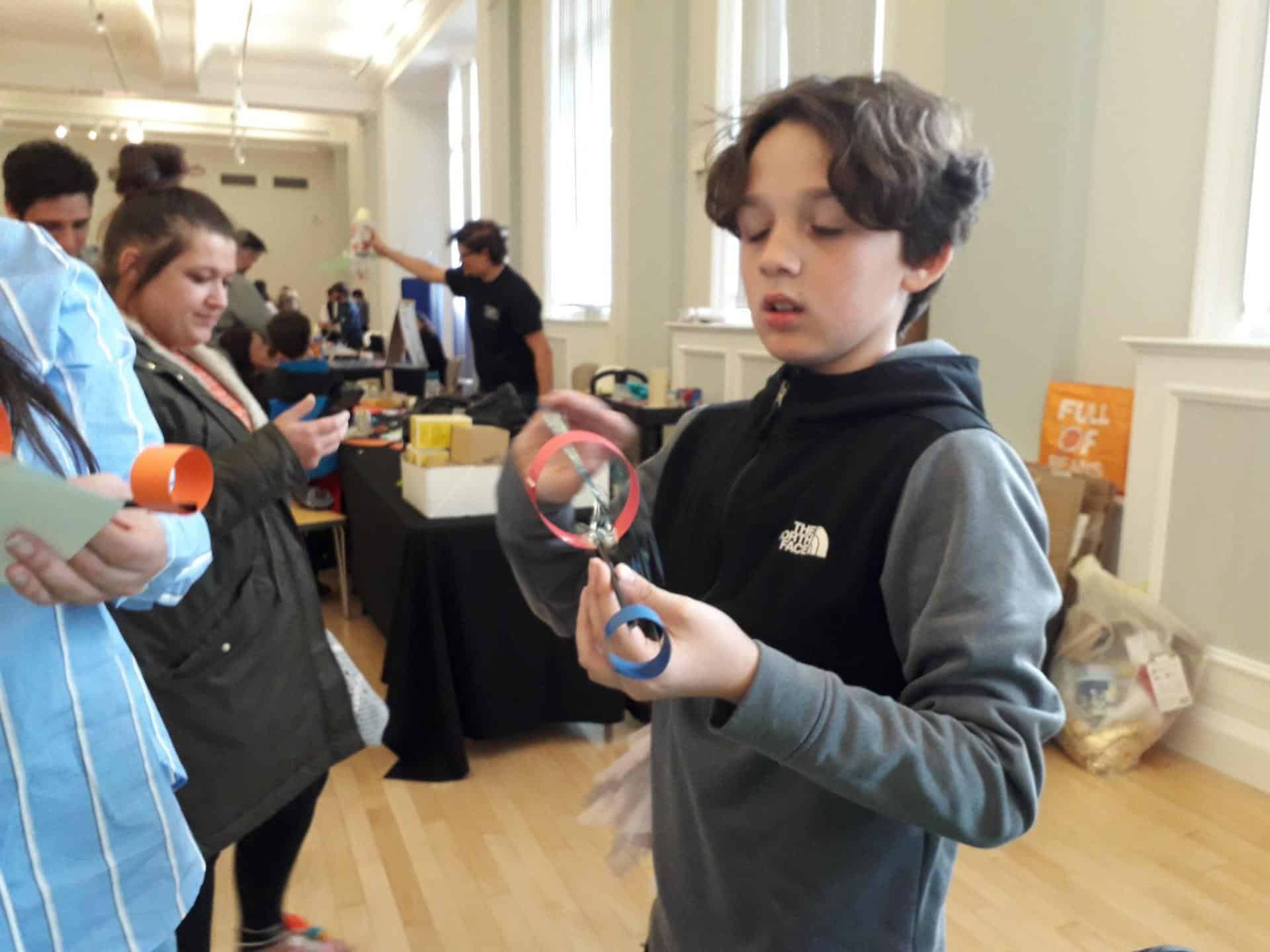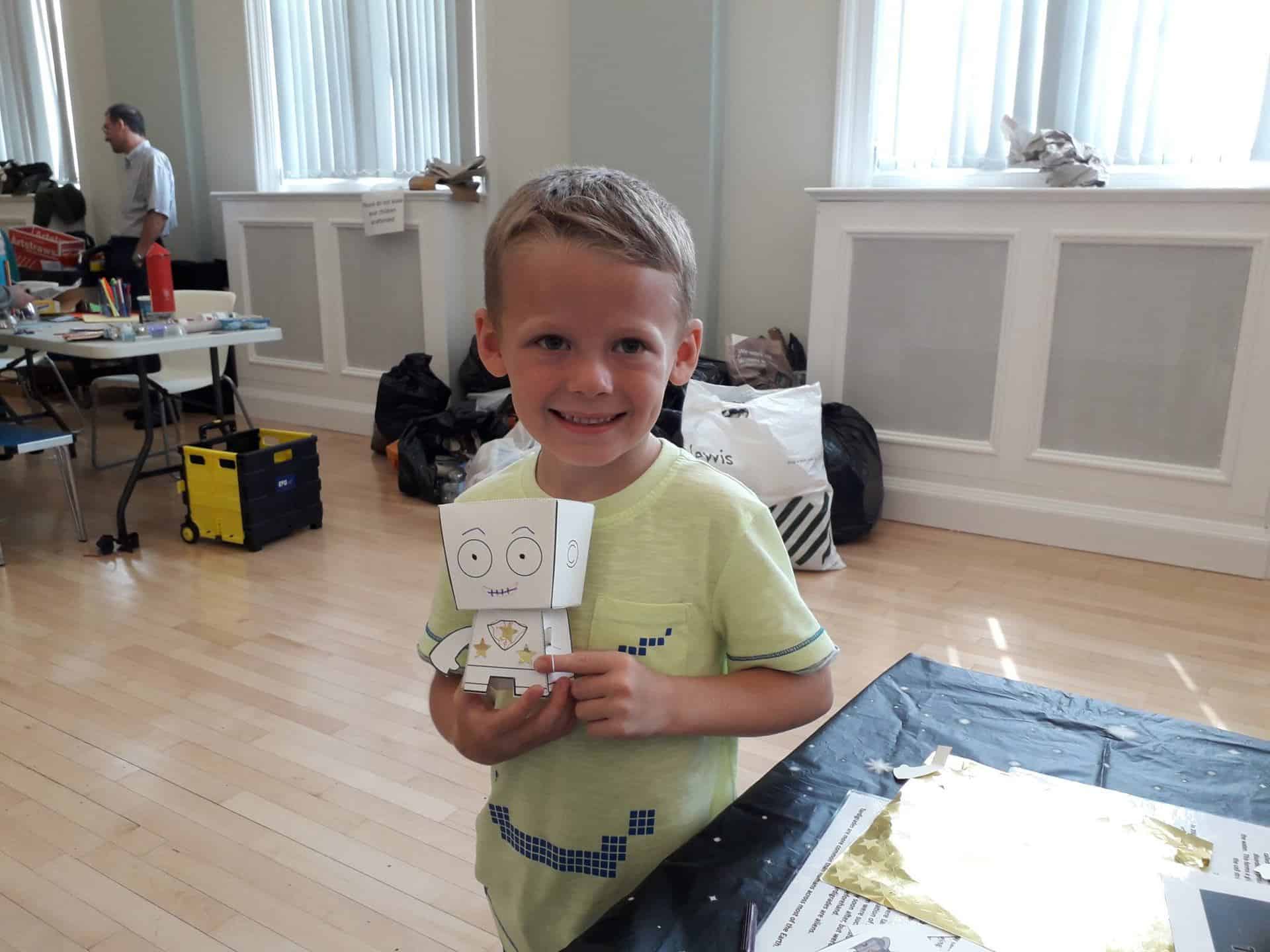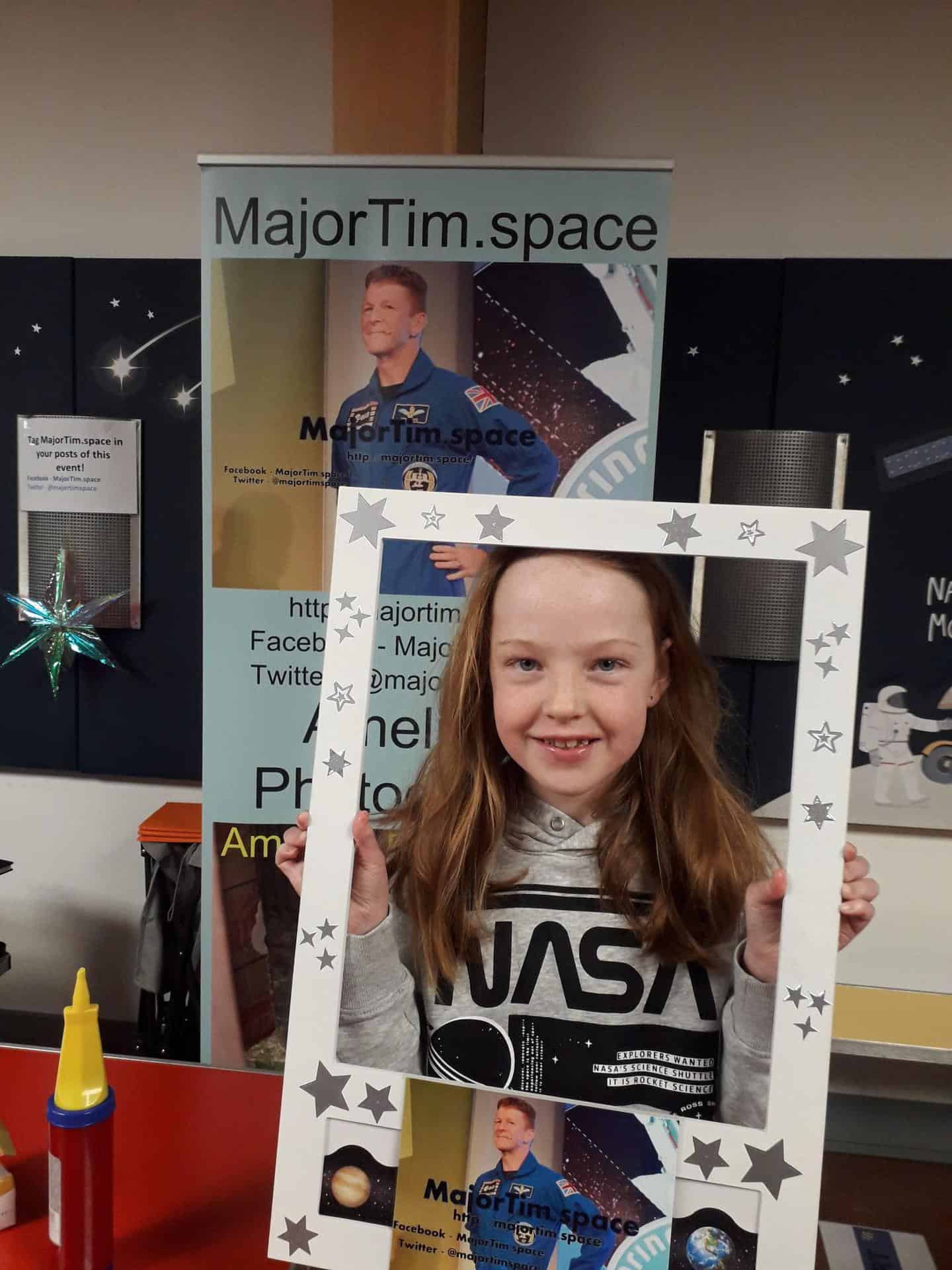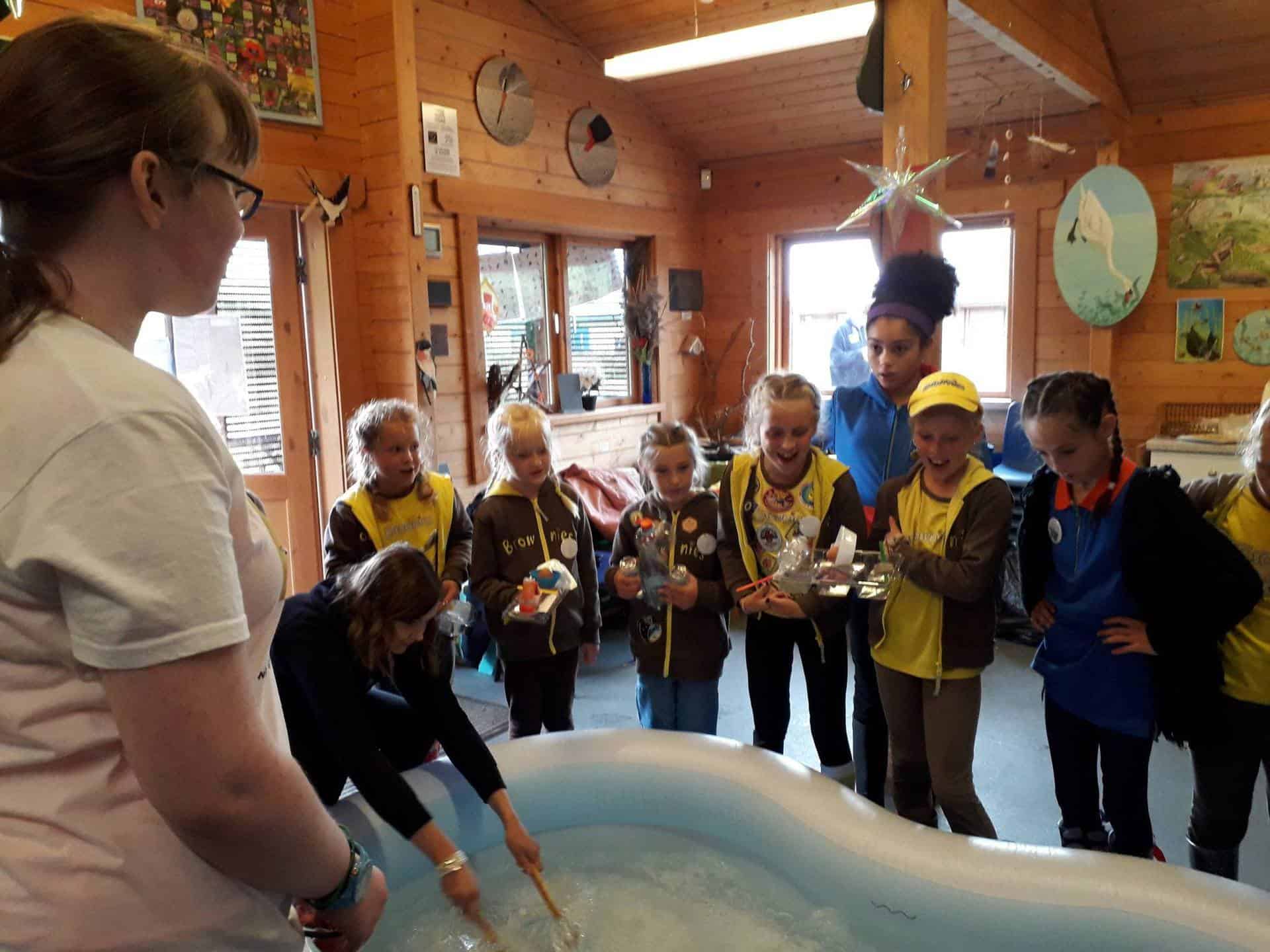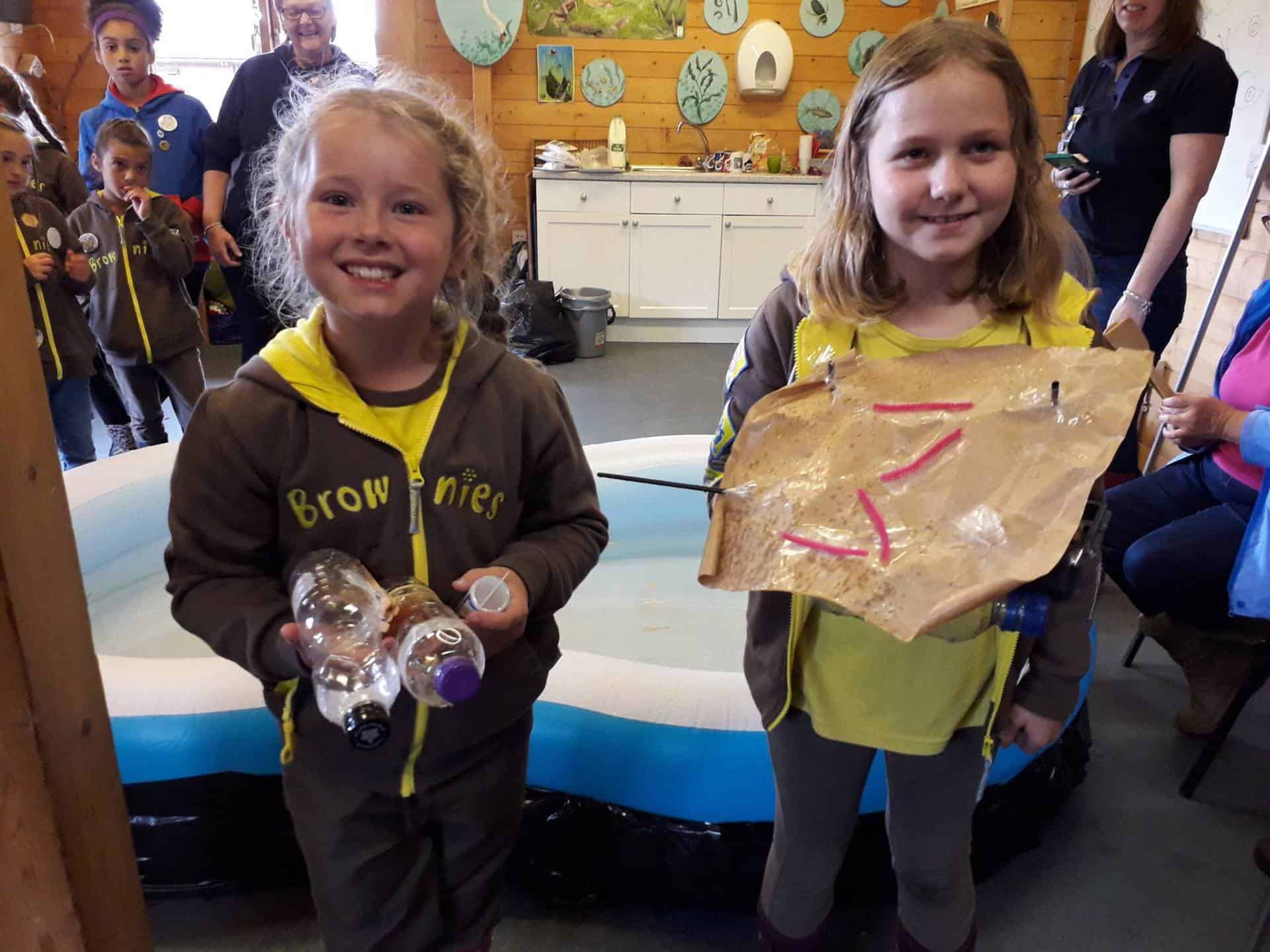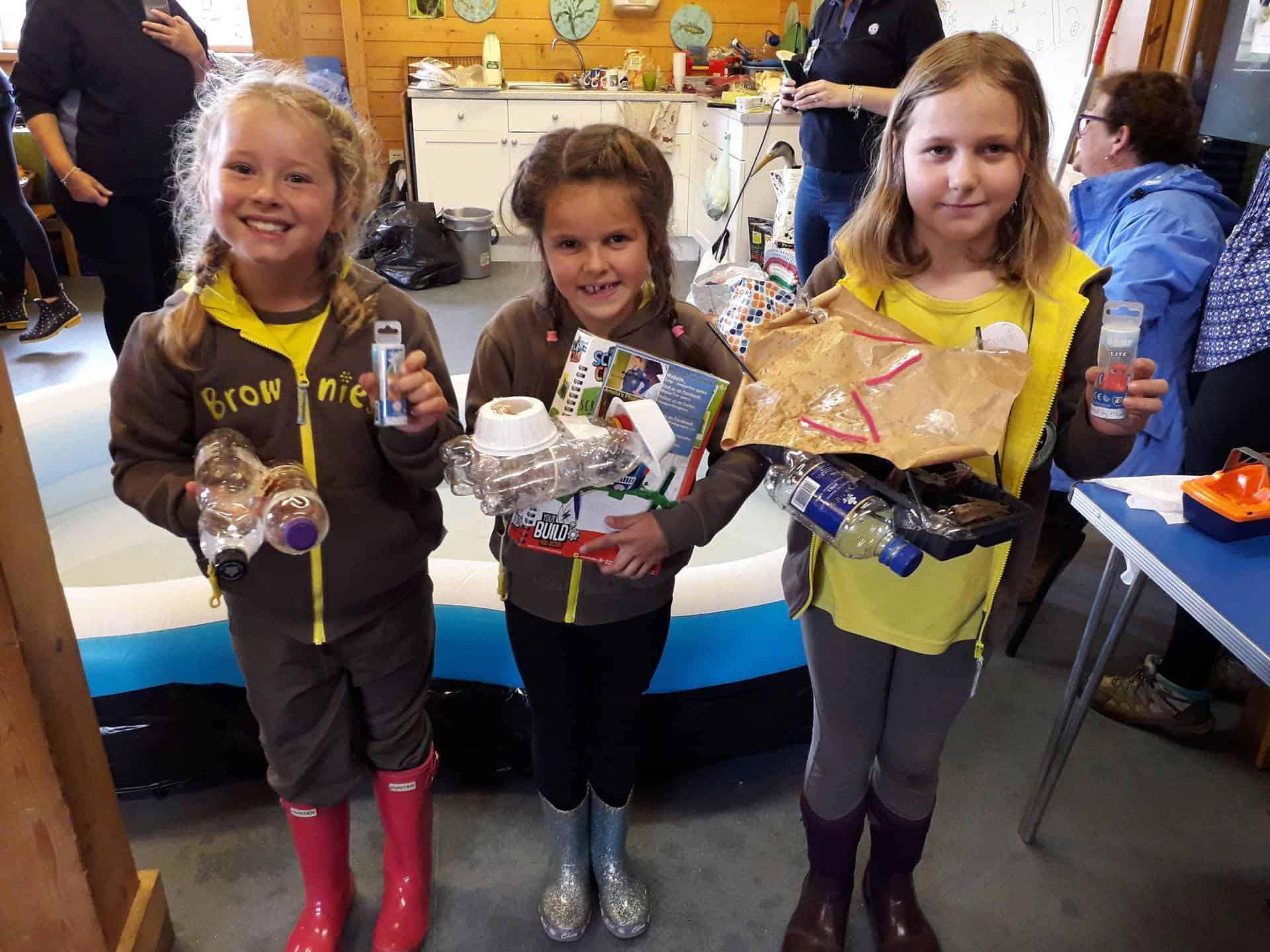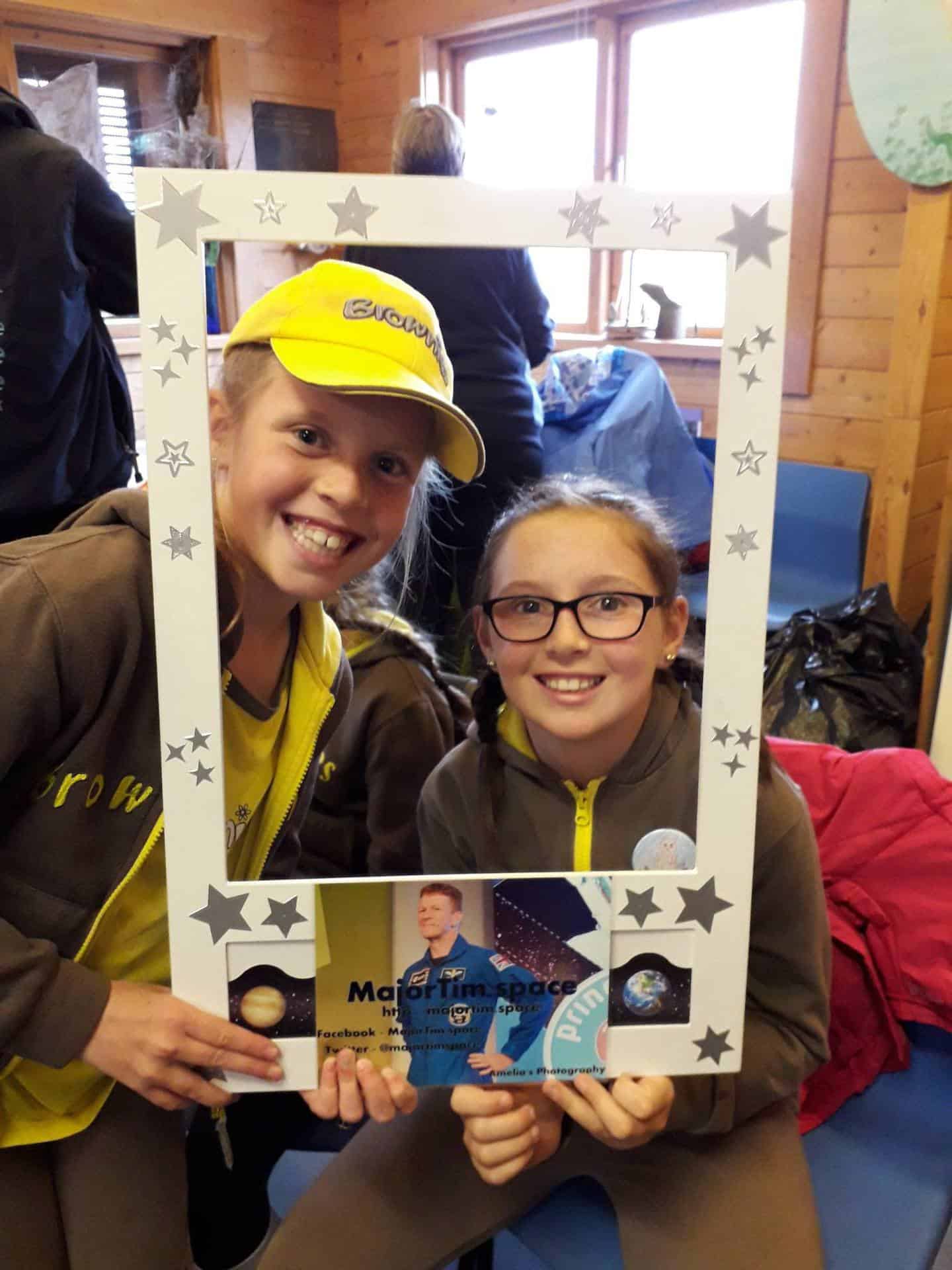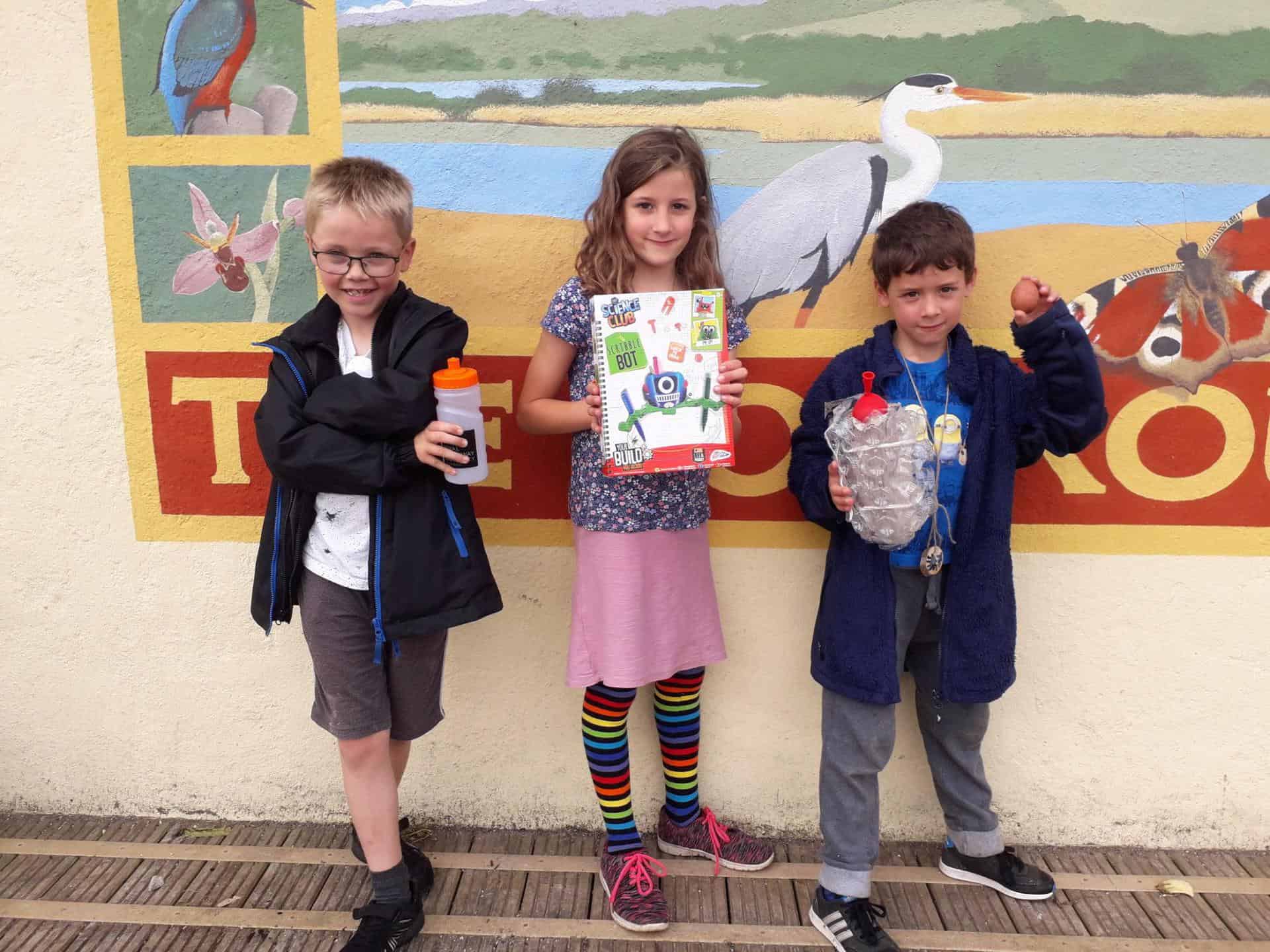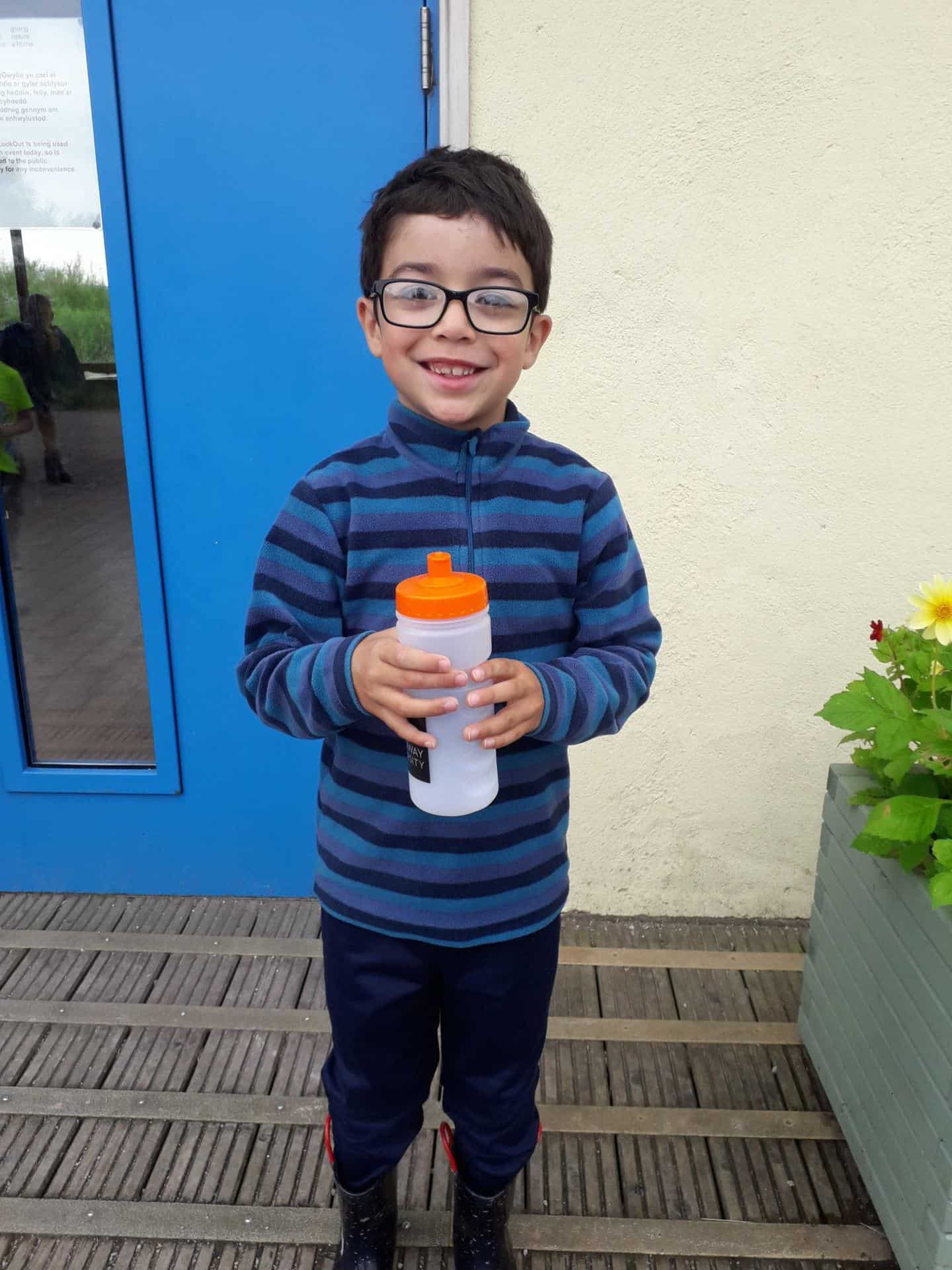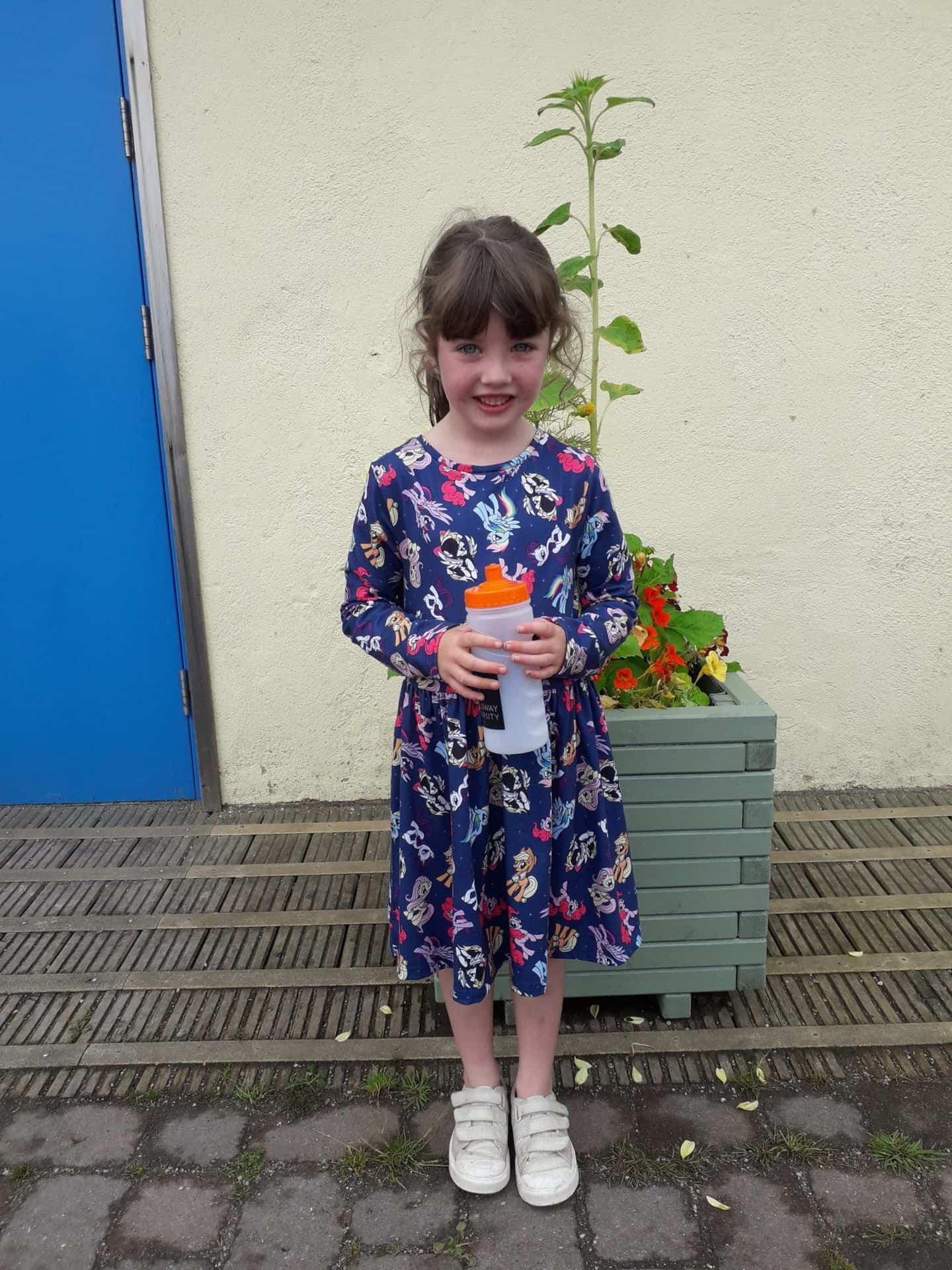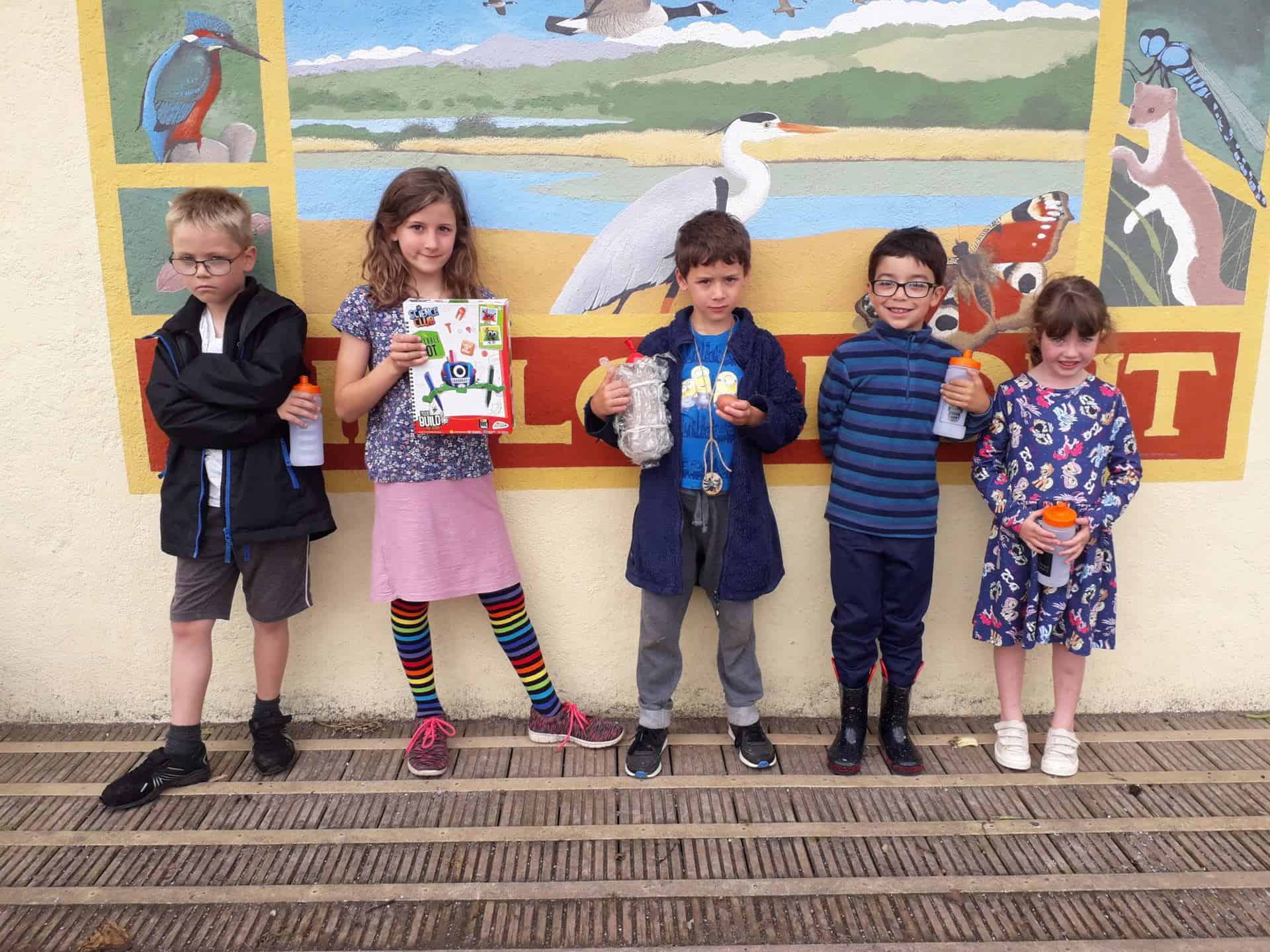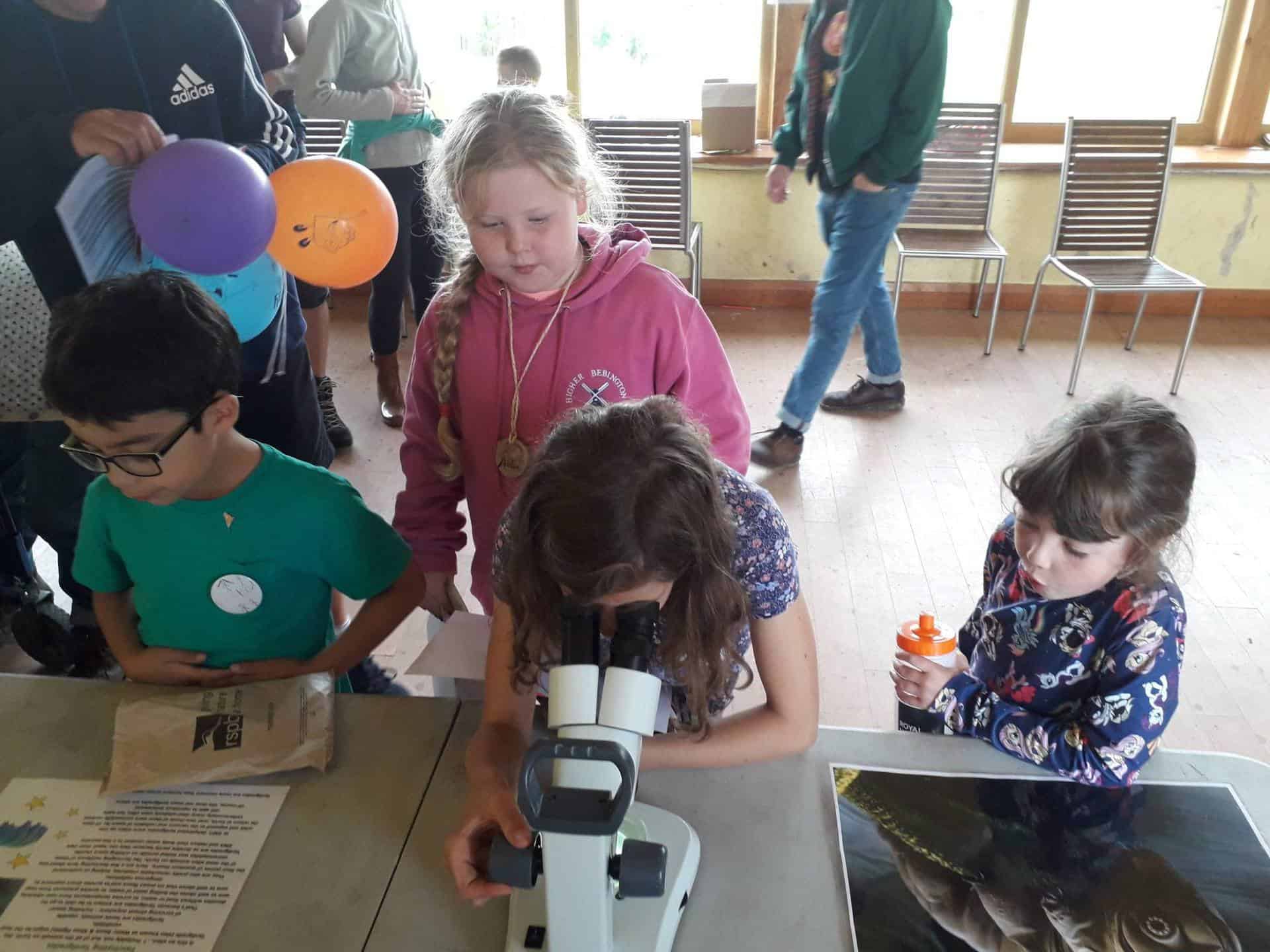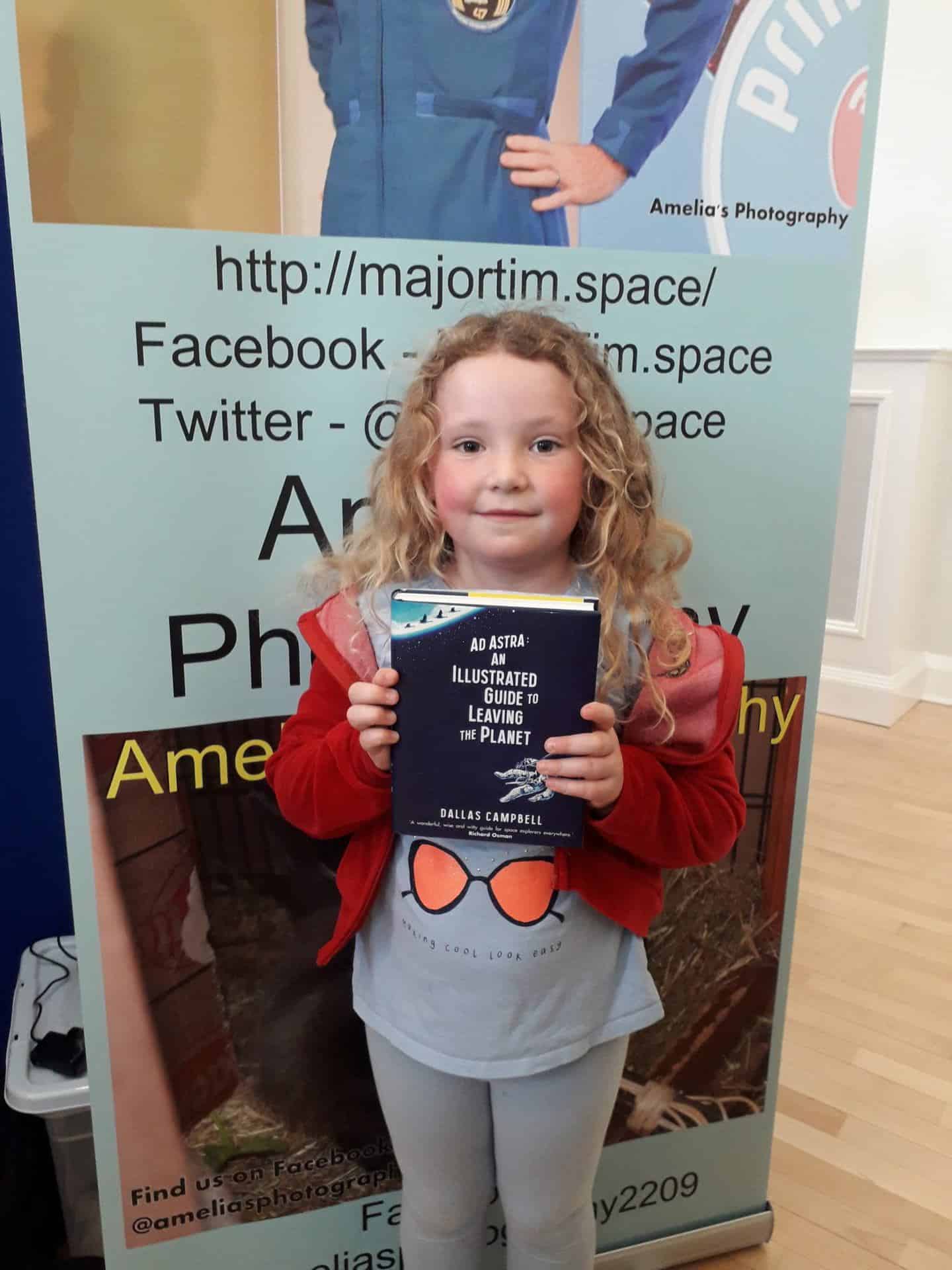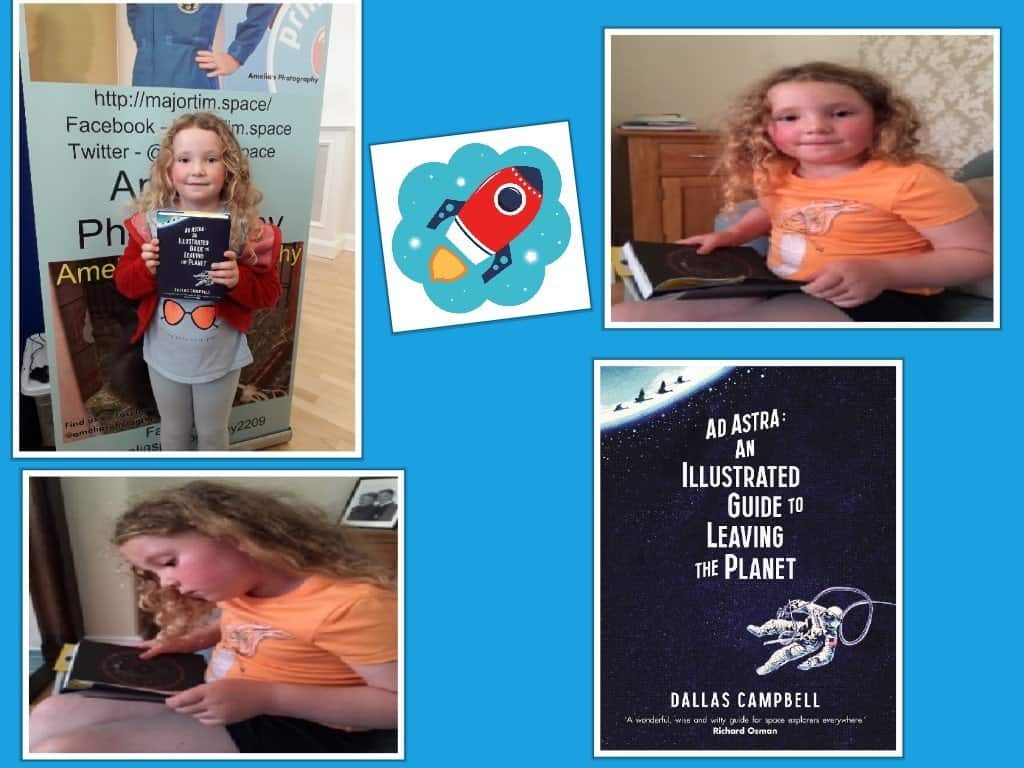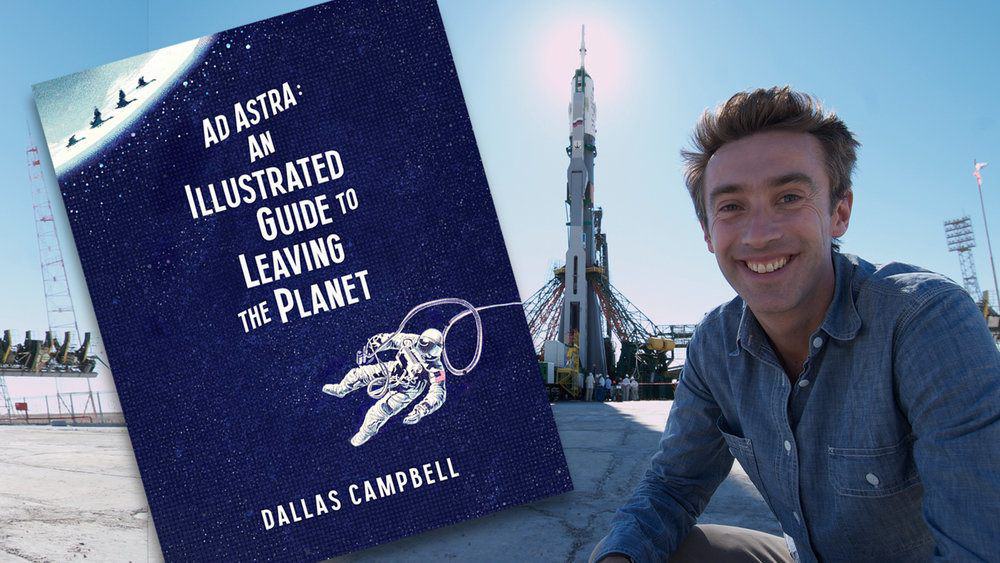MajorTim.space’s ‘Galactic Outreach Workshops’ at Techniquest Glyndwr’s Astronomy Club – 2nd November 2019!
We will be running our drop-in ‘Minuscule Phenomenon!’ workshops at Techniquest Glyndwr’s Astronomy Club – 2nd November 2019.
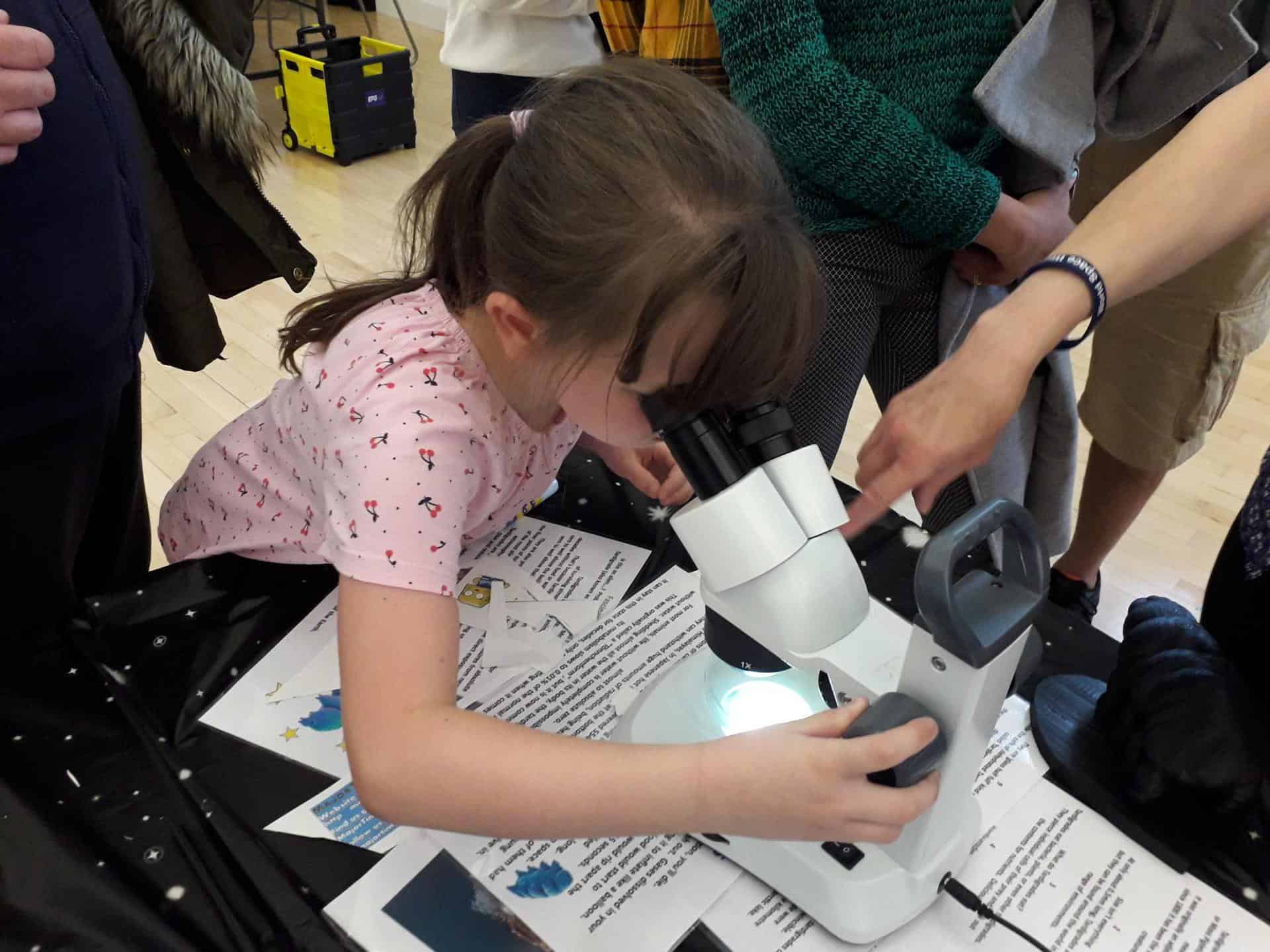
Our drop-in ‘Minuscule Phenomenon!’ workshops includes the opportunity to find and see Tardigrades through microscopes, learn all the facts and meet Mossy, our large-scale 3d printed model of a Tardigrade to see what their fascinating features look like in more detail.
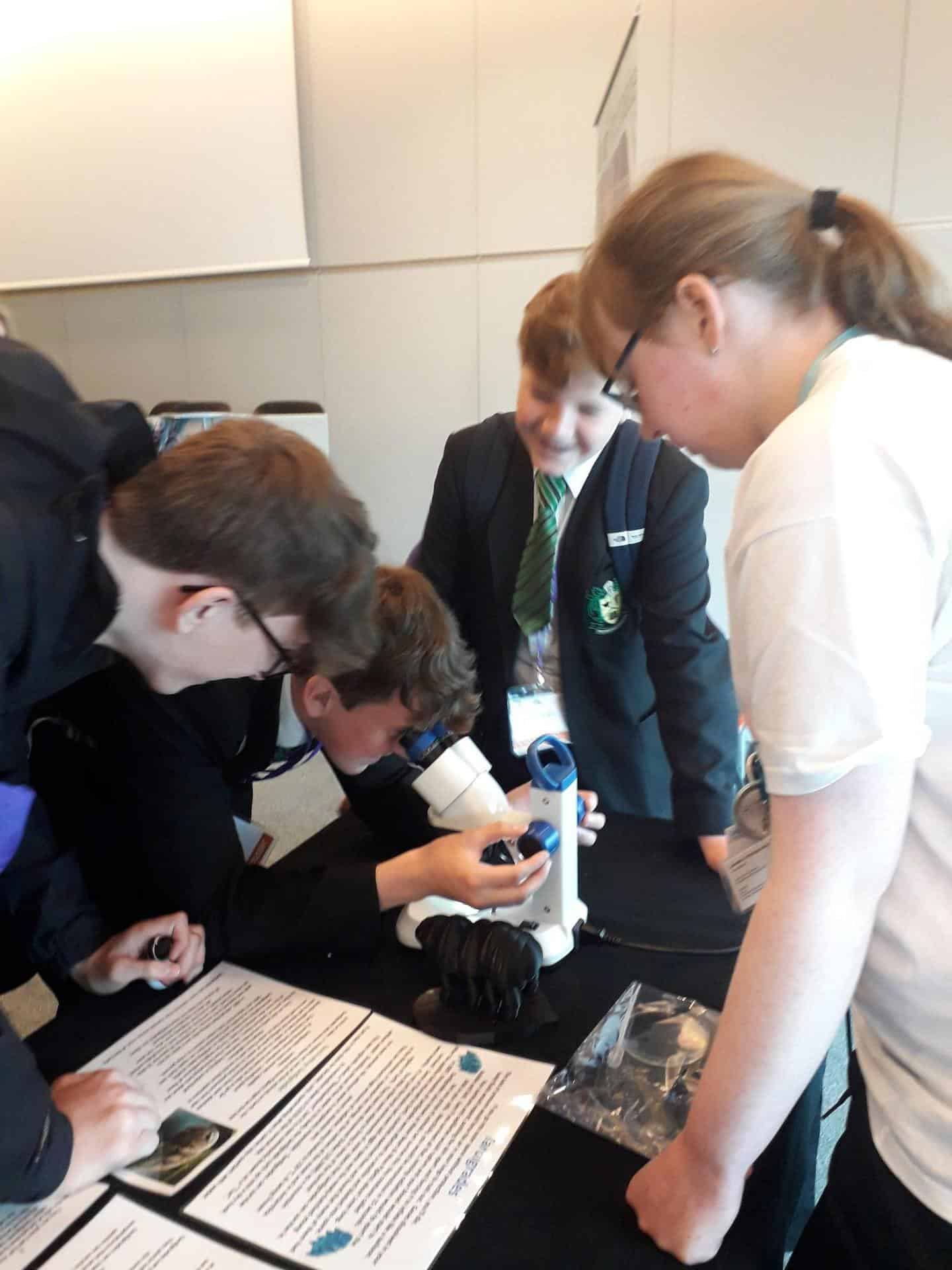
Every time we run our ‘Minuscule Phenomenon!’ workshops, we take as many photos as possible of the visitors with Mossy (the 3d printed Tardigrade).
Mossy is always very popular!
Come and find us to meet Mossy and have your photo taken with our incredible large-scale Tardigrade.

In addition to the activities above – we will be running our popular Thaumatrope workshop – Planet themed.
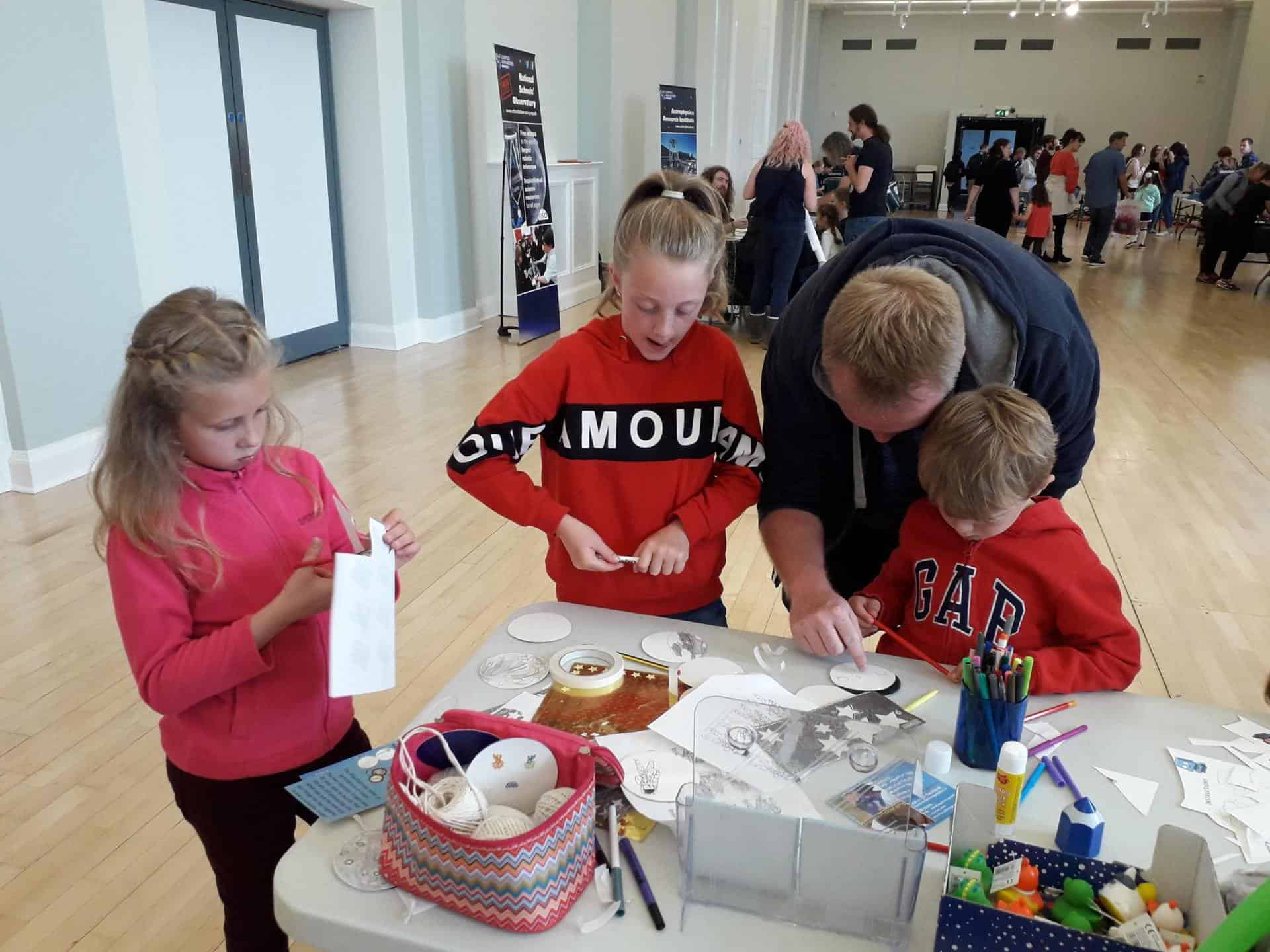
We will also be running a raffle with unique surprise prize.
Techniquest Glyndwr’s Astronomy Club is a monthly event running October – March.
This month the event is being held at Brymbo Enterprise Centre, Wrexham.
For more details and to book tickets visit their website here – www.tqg.org.uk
